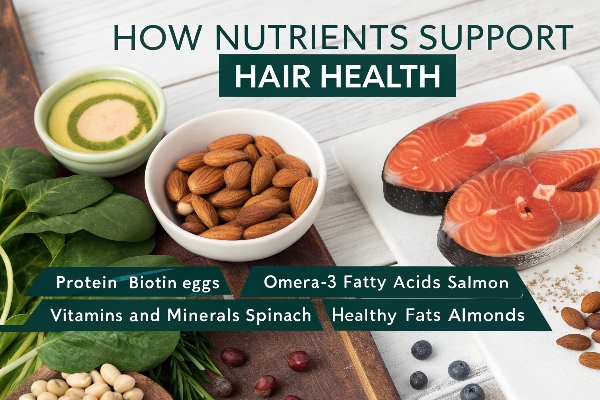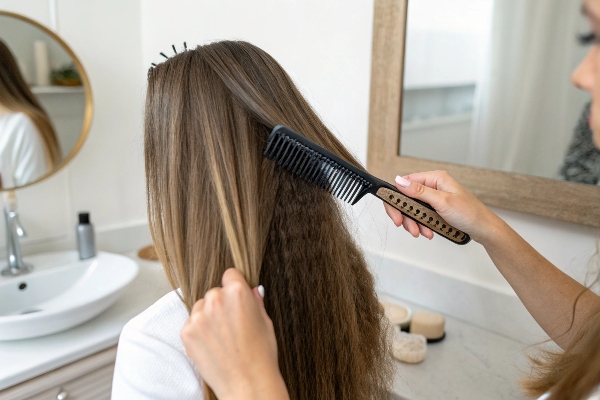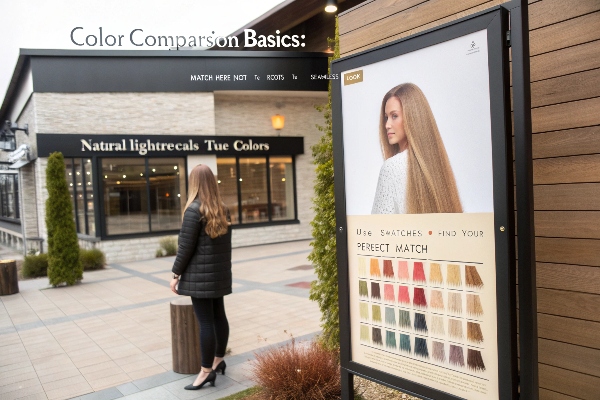Understanding different hair loss types simplifies identifying effective solutions.
Common types include androgenetic alopecia, alopecia areata, telogen effluvium, and traction alopecia, varying in cause and treatment.
Diverse causes and symptoms require tailored strategies that address unique hair health challenges meaningfully.
What Percent of U.S. Men Are Bald?
A significant proportion of U.S. men experience baldness due to genetic influences.
Up to 40% of U.S. men show signs of baldness by age 35, rising with age, driven by genetic traits.

Growing age correlates with increased instances of hair loss, emphasizing genetic factors prominently within baldness distribution.
Diving deeper into baldness prevalence sheds light on age-related scaling progression patterns impacting male demographics. By mid-age, a considerable fraction demonstrates baldness owing to hereditary disposition underpinning widespread androgenetic alopecia1. These statistics amplify with advancing years due to cumulative effects of genetic interactions fostering hair follicle miniaturization gradually. Recognizing trends leads to informed interventions aimed at moderating impacts through personalized care endeavors2 enhancing individual hair integrity profoundly.
What Are the Causes of Hair Loss and How to Prevent It?
Various causes like genetics, stress, and health impact hair loss but can be mitigated.
Hair loss can result from genetics, stress, poor diet, and illness; prevention involves lifestyle changes and hair care practices.
Balanced diet, stress management, and routine health checks serve as effective preventative measures against diverse hair loss stimuli.
Analyzing causes alongside prevention inspires effective strategies within holistic frameworks promoting comprehensive hair health management. Hereditary inclinations establish foundational vulnerabilities, while high-stress lifestyles exacerbate loss conditions through hormonal shifts. Nutritional inadequacies impact vital growth cycles necessary for resilient hair sustenance. Implementing tailored methods addressing dietary enrichment, mental wellness practices, and immune-supporting diagnostics build enriched prevention paradigms offering resilient attributes optimized for safeguarding against cumulative hair impact expression outcomes grounded in longevity.
What Should I Do If I Am Young, But Losing My Hair?
Early intervention strategies help manage youthful hair loss effectively.
Young individuals experiencing hair loss should consult professionals, adopt stress management, and improve nutrition for better hair health.
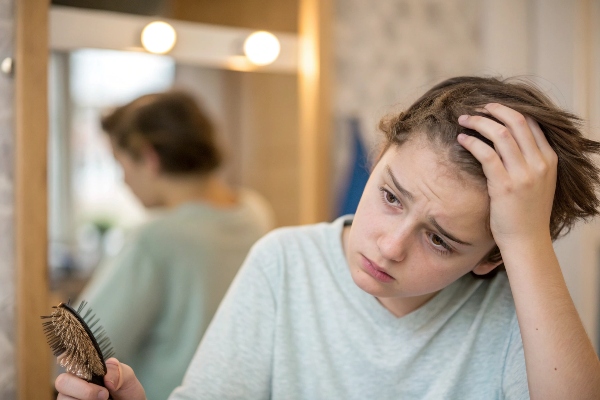
Timely expert guidance enables structured care plans, fostering recovery through tailored lifestyle changes supporting hair integrity dynamically.
Exploring mitigation pathways focuses on adaptive responses aligning youthful concerns with proactive nurturance targeting hair recovery3 through dedicated interventions. Professional consultations provide insight into underlying conditions and bespoke solutions optimizing hair resilience during development phases. Strategic inquiries into balanced nutrition and stress alleviation practices4 establish robust frameworks sustaining enhanced hair cycles progressively over time. Customizing individual methodologies offers practical support through responsive engagements manifesting enduring strengthening initiatives articulated clearly with enriched practitioner advice.
What Is the Leading Cause of Hair Loss in Women?
Hormonal fluctuations play a major role in women’s hair loss patterns.
Hormonal imbalances are the leading cause of hair loss in women, driven by changes during menopause, pregnancy, and stress.
Lifecycle hormonal changes impact growth, necessitating comprehensive understanding for effective care solutions aligned with female health cycles.
Analyzing women’s hair loss dynamics contributes insight into critical hormone-related impacts cycling throughout women’s health realities delicately. Menopause alters estrogen levels, stress compounds with cortisol impacts, while pregnancy fluctuations exacerbate condition shifts challenging hair consistency periodically. Tailoring strategies to support seamless lifecycle transitions introduces innovative responses guiding improved hair resilience through nurturing approaches collaboratively drawn from informed care advice centering on precise engagement with individualized health integrity.
What Is the Best Hereditary Hair Loss Cure?
Hereditary cures focus on managing symptoms and slowing progression.
Hereditary hair loss remedies focus on slowing hair loss progression, using treatments like Finasteride or Minoxidil and laser therapy.

Personalized treatment regimens manage symptoms, delaying development effectively through consistent application and professional monitoring.
Engaging hereditary loss cures unlocks knowledge concerning progressive deceleration techniques amid genetic expression challenges impacting follicle sustainability. Pharmacological interventions such as Finasteride inhibit hormonal disruption effects fostering balding, while Minoxidil promotes growth activity. Laser therapies invigorate scalp stimulation, enhancing blood flow integral to supportive nurturing. Expert guidance moderates these applications, optimizing outcomes tailored to unique genetic structures promising enriched engagement paths preserving residual value through responsive interventions diligently progressed dynamically.
What Is the Best Treatment for Hair Thinning and Loss?
Effective treatments encompass medication and lifestyle changes to reinforce hair growth.
Hair thinning treatments include Minoxidil application, balanced nutrition, and reduced stress to enhance growth and slow hair loss.
Combining topical treatments with healthy lifestyle practices fortifies hair health outcomes, presenting varied avenues for progress.
Exploring thinning patterns aligns progressive responses, innovating shared treatment methodologies capitalizing on well-researched practices. Applying Minoxidil disrupts common follicle inactivity, invigorating thin hair actively while nutritional supplementation enriches core competence through amended dietary practices promoting growth resilience sustainably. Psychological alleviation counters stress exacerbations, restoring hormonal balance integral for productive cycles harmonizing repair processes methodically. Synthesizing these pillars into coordinated strategies under practitioner oversight ensures definitive advances continually celebrated within strengthened hair projects.
What Is Hair Loss Stamping?
Hair loss stamping involves micro-needle techniques to encourage hair regrowth.
Hair loss stamping uses micro-needling to stimulate scalp health, enhancing growth by promoting blood circulation and nutrient absorption.
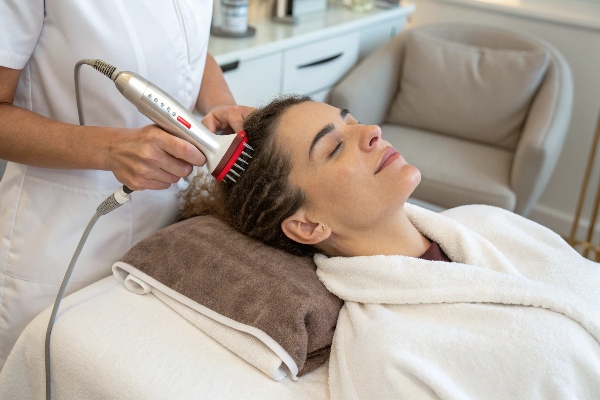
The process supports scalp rejuvenation effectively, optimizing conditions favoring robust hair revitalization throughout dedicated care sessions.
Exploring stamping techniques illuminates technological advancements within scalp beauty treatments integratively promoting enriched health landscapes. Micro-needle arrays invoke mild irritation, encouraging blood flow improvement fostering enriched nourishment absorption directly supporting follicle activation attributes. Practiced by professionals, this approach underpins responsive healing stimulation, gratifying pathways advancing hair sustainability through optimally calibrated care episodes. Embracing innovation delivers resilience, engaging softness uniformly through precisely aligned health enhancement protocols expertly positioned.
Reference
Understanding androgenetic alopecia can help you grasp its impact on hair loss and explore treatment options. ↩
Exploring personalized care endeavors can provide insights into tailored solutions for managing hair loss effectively. ↩
Discover comprehensive strategies for hair recovery that can enhance your hair health and resilience. ↩
Explore effective stress alleviation practices that can significantly improve your hair health and overall well-being. ↩

